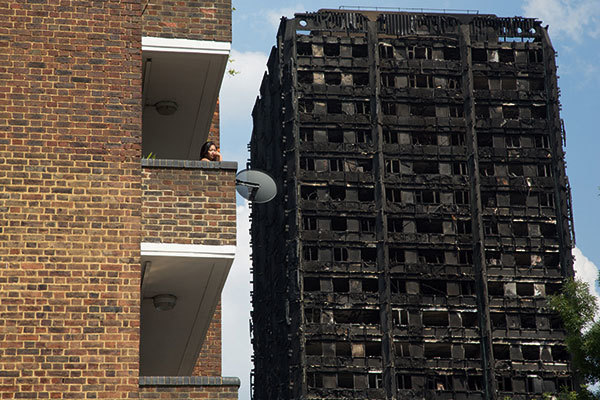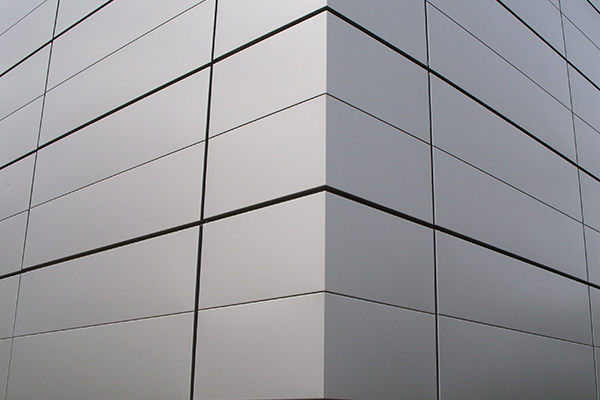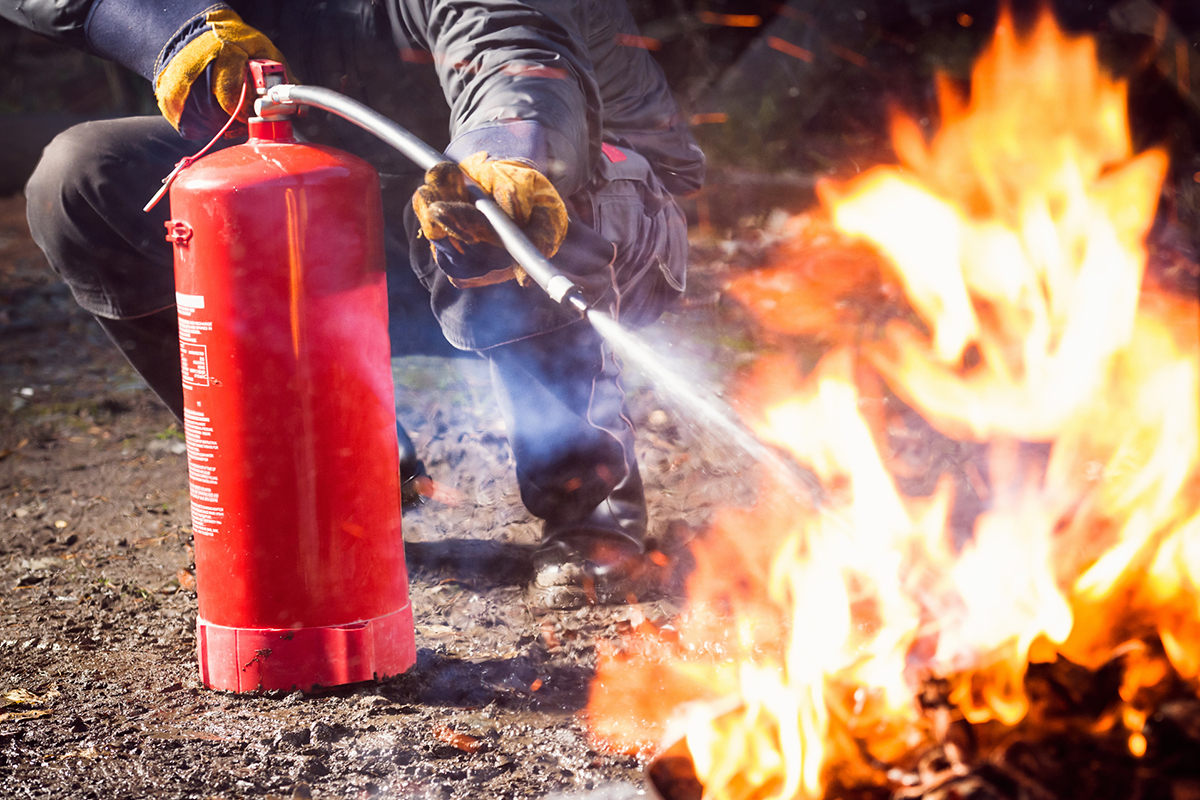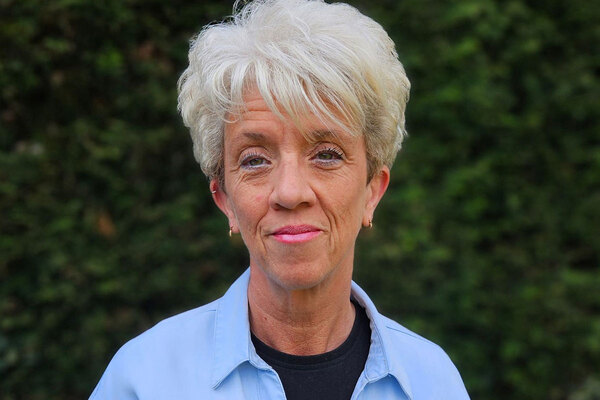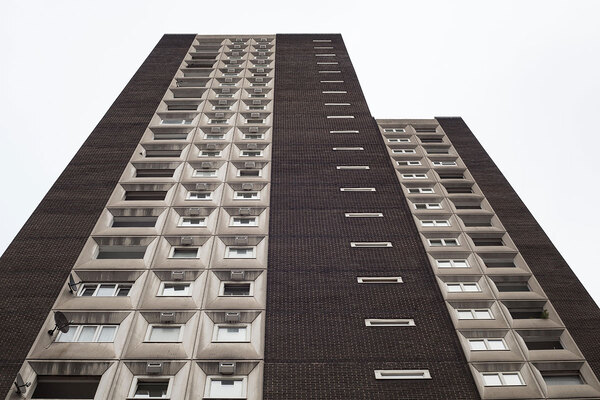Cladding tests questioned by insulation firm
A leading insulation firm has questioned the accuracy of the government’s large-scale cladding tests, carried out to assess the safety of systems for high rises following the Grenfell disaster.
Gilles Maria, senior vice president at insulation company Rockwool, questioned the decision to place thermometers directly above fire barriers – protecting them from the heat and flame.
He said that as the system fails the test if the temperature rises beyond a certain level within the first 15 minutes, protecting the thermometers could have a significant baring on the results.
The tests were designed by Booth Muirie, a subsidiary of insulation giant Kingspan, which sells insulation products for use on high-rise buildings.
The government tests covered three types of insulation – plastic polyisocyanurate (PIR), mineral wool and phenolic insulation. The first two were tested in a system including aluminium cladding of three different fire ratings, and the latter was tested with ’category two’ aluminium composite cladding.
The PIR, which was similar to that used on Grenfell, achieved one pass in a test which combined it with aluminium panels containing a limited-combustibility core. It failed when combined with other aluminium products.
The phenolic insulation failed its only test, which was with cladding containing a fire retardant polyethylene core.
A spokesperson for Kingspan stressed that the test was designed in the same way as a previous test in October 2016, which Booth Muirie had no influence on.
In a comment piece first published in Building magazine last week and also sent to Inside Housing, Mr Maria called the placing of thermocouples in the test “curious”.
He wrote: “The [government] hired a company owned by a major plastic foam manufacturer to detail the tests. Entirely acceptable under [official] standards, the tests curiously placed all-important horizontal fire barriers directly below thermocouples (basically high-tech thermometers) measuring the heat generated by the fire.
“If the temperature rises by a certain amount within the first 15 minutes, the system fails the test. Placing the fire barrier below the thermocouple naturally protects it from the flames and heat.”
Mr Maria also warned there is “no limit” on the frequency with which tests can be run, meaning products could fail frequently before a single pass clears it for mass use.
Inside Housing revealed last week that alternative tests being carried out on behalf of the insurance industry showed fire breaks could be bypassed in more lifelike conditions.
The Ministry of Housing, Communities and Local Government commissioned the Building Research Establishment (BRE) to carry out the tests.
Passing a large-scale test outlined in British Standard 8414 is one route to complying with the requirements of fire safety guidance outlined in the official Approved Document B.
An spokesperson for the Ministry said: “Booth Muirie was one of a number of contractors involved in the large-scale tests.
“Their designs were independently scrutinised by several other organisations and the expert panel to ensure they reflected common practice.”
A spokesperson for Kingspan said: “Booth Muirie (BM) was involved in the Department for Community and Local Government’s (DCLG) tests in July and August 2017 following a request by a member of the government’s expert panel on fire safety.
“The DCLG tests applied the same design approach as a previous test conducted in October 2016 on a combination of ACM [aluminium composite material] panels and mineral fibre insulation. This test was chosen as a template because it was the only one that the parties involved were aware of having been carried out on a flat-panel ACM, comparable to that used on Grenfell Tower.
“The application of a prior test template (including the positioning of fire barriers and thermocouples) was designed to ensure test integrity and comparability of test outcomes and data, a methodology that was fully agreed with DCLG. BM had no role in the October 2016 test used as a template.”
Tests with mineral wool insulation passed when combined with fire-retardant polyethylene aluminium cladding or limited-combustibility aluminium cladding.
However, it also failed when combined with aluminium cladding containing a non fire-resistant plastic core.
The Kingspan spokesperson added that this is a “very clear indication that it is the fire performance characteristics of ACM cladding panels that are the key factor in the safety of any cladding system and not the insulation boards”.
Update, at 11.45 on 31.1.2018
This story was updated to include reference to the seventh government test, which contained phenolic insulation.


